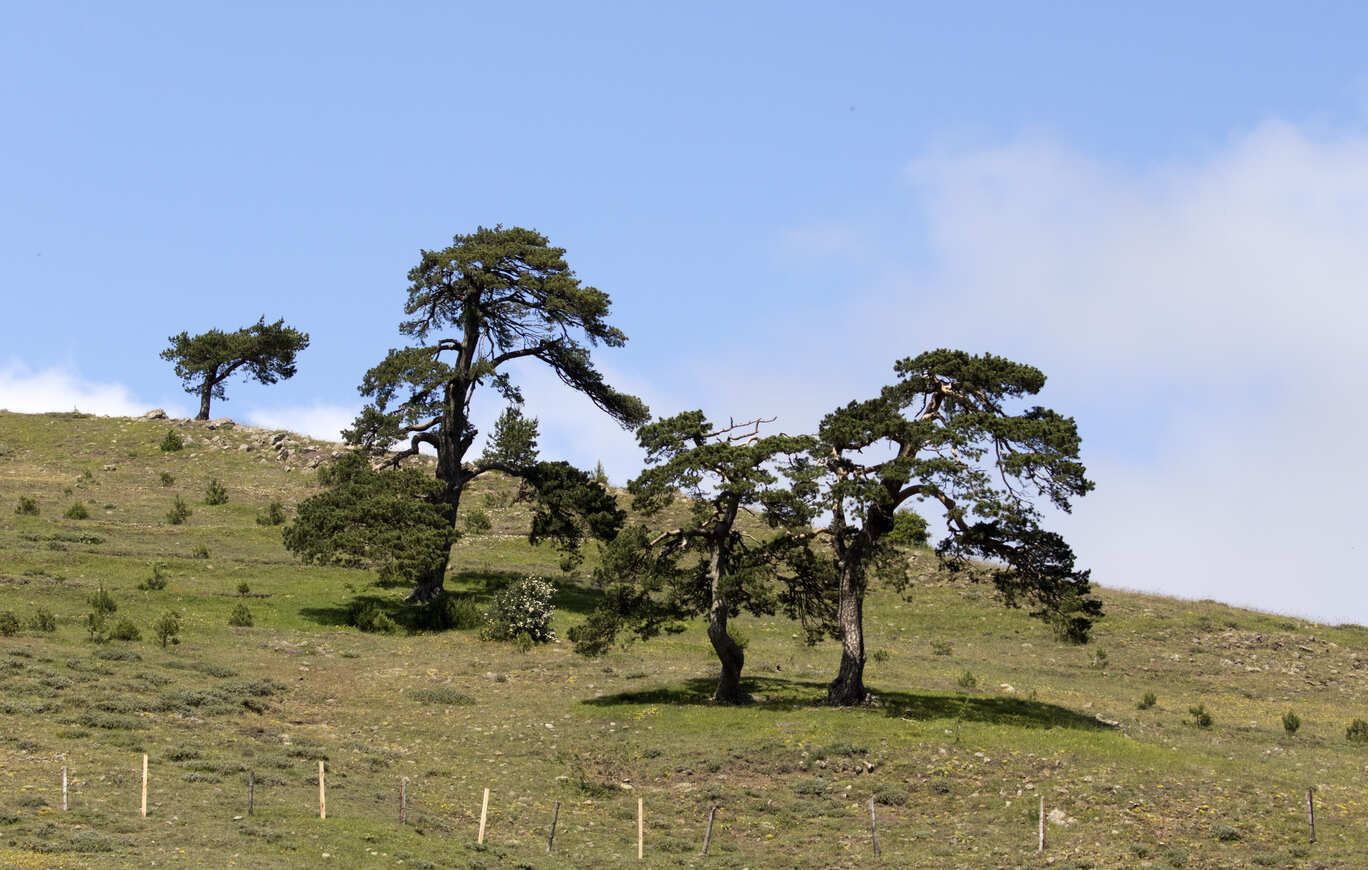Pine trees are known for their varying heights and spreads, which depend on the specific species and environmental conditions. This comprehensive overview will explore the average height and spread of mature pine trees, planting distance and considerations, root systems and environmental impact, as well as advanced insights and considerations.
What is the Average Height and Spread of Mature Pine Trees?

The average height and spread of mature pine trees can vary significantly depending on the species. Here’s a breakdown of the typical dimensions for some common pine tree varieties:
- Eastern White Pine (Pinus strobus):
- Height: 50-80 feet (15.24-24.38 meters)
-
Spread: 20-30 feet (6.1-9.14 meters)
-
Ponderosa Pine (Pinus ponderosa):
- Height: 30-125 feet (9.14-38.1 meters)
-
Spread: Not specified, but generally wider than taller
-
Loblolly Pine (Pinus taeda):
- Height: 40-90 feet (12.19-27.43 meters)
-
Spread: Not specified, but generally wider than taller
-
Spruce Pine (Pinus glabra):
- Height: 50-90 feet (15.24-27.43 meters)
-
Spread: Not specified, but generally wider than taller
-
Mugo Pine (Pinus mugo):
- Height: 3-20 feet (0.91-6.1 meters)
- Spread: Not specified, but generally wider than taller
What is the Recommended Planting Distance for Pine Trees?

When planting pine trees, it’s essential to consider the specific species and their mature size to ensure proper spacing. Here are some general guidelines for planting distance:
- Smaller pine species: 6-12 feet (1.83-3.66 meters) apart
- Larger pine species: 12-18 feet (3.66-5.49 meters) apart
Additionally, factors like soil type, sunlight, and the intended use of the pine trees (e.g., windbreak, Christmas tree, or ornamental) should be taken into account when determining the appropriate planting distance.
How Do Pine Tree Root Systems and Environmental Impact Work?
Pine trees have unique root systems and environmental impacts that are important to understand:
- Root Depth and Spread:
- Pine trees generally have shallow root systems, with most roots within the top 12-18 inches (30-45 cm) of soil.
-
The root spread can be up to 2-3 times the diameter of the tree’s canopy.
-
Soil Health and Water Retention:
- Pine trees prefer well-drained, acidic soil with a pH range of 4-6.5.
-
They can help improve soil health by adding organic matter and reducing soil compaction.
-
Competition with Other Plants:
- Pine trees can outcompete other plants for water and nutrients, especially in areas with poor soil quality.
- They can also provide shade and habitat for wildlife, enhancing local ecosystems.
What are Some Advanced Insights and Considerations for Pine Trees?
As you delve deeper into the world of pine trees, there are several advanced insights and considerations to keep in mind:
- Growth Rates:
- Pine trees can grow at varying rates, with some species growing up to 3 feet (0.91 meters) per year.
-
Factors like climate, soil quality, and care practices influence growth rates.
-
Pruning and Maintenance:
- Regular pruning is essential for maintaining pine tree health and size management.
-
Pruning can help reduce stress, improve air circulation, and prevent disease.
-
Disease and Pest Management:
- Pine trees are susceptible to various diseases and pests, such as canker diseases, needle cast, and bark beetles.
- Regular monitoring and treatment are necessary to prevent the spread of these issues.
By understanding the height, spread, planting requirements, root systems, and advanced considerations for pine trees, you can make informed decisions when selecting, planting, and caring for these majestic evergreens.
Reference:
- SavATree – Pine Tree Varieties, Diseases & Care: https://www.savatree.com/pine-tree.html
- Kansas Forest Service – Eastern White Pine: https://www.kansasforests.org/conservation_trees/products/evergreens/easternwhitepine.html
- Clemson University – Pine: https://hgic.clemson.edu/factsheet/pine/
